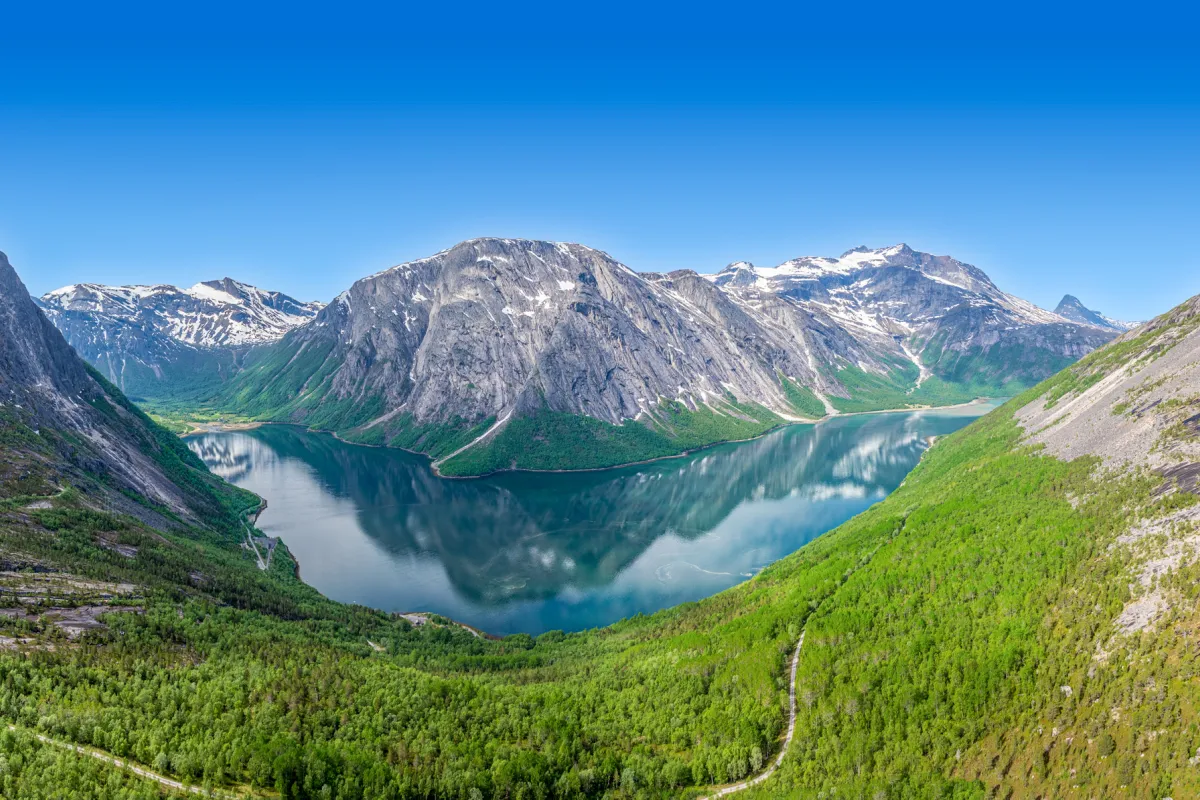How Climate Change Affects the Narvik Region
Climate change impacts tourism in the Narvik region in various ways. A warmer climate in Southern Europe may lead to more travelers seeking cooler destinations like Northern Norway. An increase in visitors can boost revenue for tourism businesses but also requires better visitor management to ensure a sustainable experience.
For our region, climate change means rising average temperatures, more extreme weather events, and altered snowfall patterns, creating both challenges and opportunities.
We Acknowledge Our Climate Footprint
Visitors get to experience our unique Arctic nature and culture up close. At the same time, travel to, from, and within the Narvik region contributes to increased CO₂ emissions. We recognize the climate footprint of both our visitors and the tourism industry and are committed to working hard to reduce emissions and find sustainable solutions.
Challenges We Face:
- Shorter Winter Season – Milder winters may lead to unpredictable snow conditions for ski resorts, cross-country skiing, and other winter activities.
- More Extreme Weather – Increased precipitation, more frequent storms, and milder conditions can cause difficult travel conditions, operational challenges, and greater strain on infrastructure.
- Increased Avalanche Risk – Fluctuations between warm and cold weather may lead to more avalanches, making backcountry skiing and mountaineering more hazardous.
- Erosion and Environmental Wear – More rain and higher temperatures can accelerate the erosion of trails and fragile natural areas.
How Can We Adapt to These Challenges?
- Facilitate year-round activities to complement winter tourism.
- Build and maintain trails, roads, and facilities using materials and techniques that withstand increased precipitation and more extreme weather.
- Enhance monitoring of avalanche-prone areas and improve information for visitors.
- Manage visitor flow through well-maintained trails, boardwalks, signage, and better information to reduce strain on vulnerable natural areas.
Through our work with the Sustainable Destination Labelling Scheme, the tourism industry and local municipalities collaborate on multiple fronts to prepare for climate change and reduce our footprint.
Source: CICERO and Vestlandsforskning







